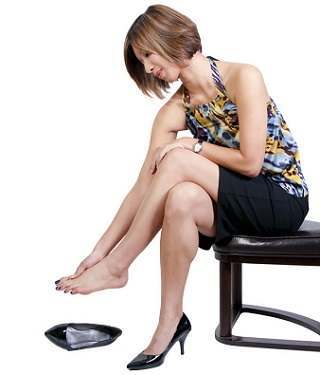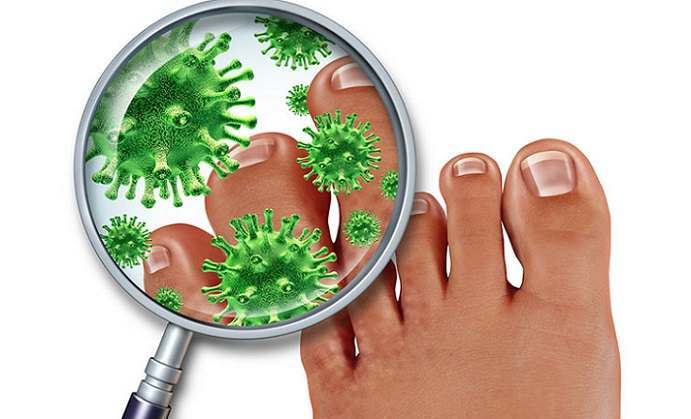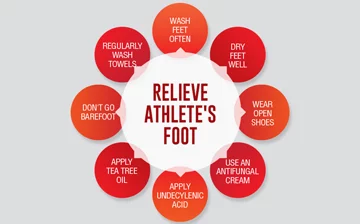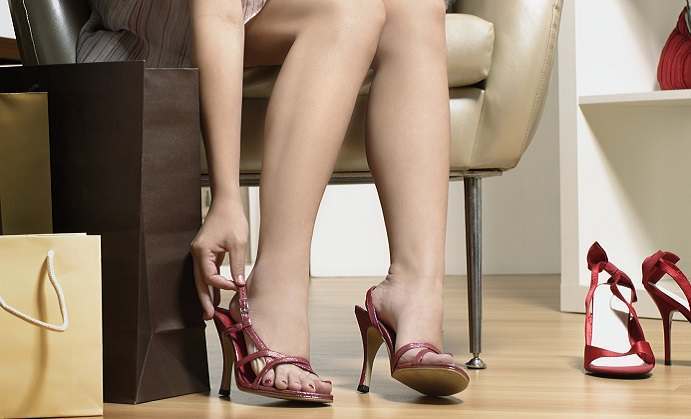Athlete’s foot, what is it?
Despite its name, athlete’s foot does not just occur to athletes. Anyone can get this fungal infection. Athlete’s foot, or tinea pedis usually occurs on a person’s foot, especially the toe area, but it can also make its way to other body sites such as the underarms or groin area. When a person is diagnosed with athlete’s foot they are have a infection of the skin caused by the fungus, Trichophyton. This particular fungus, thrives on surfaces that are warm, damp, and moist. This is why the infection is usually found on a person’s feet between their toes. If not treated, this fungal infection can recur when more favorable conditions are found.
What can cause athlete’s foot?
 Trichophyton, thrives in particular environments. It can be found on wet floors, damp towels, public restrooms, even a person’s sweaty old socks or gym clothes. People who wear shoes that are not well ventilated are also putting themselves at risk for athlete’s foot. While athlete’s foot can usually be an annoyance for some people, there are small blisters or sores that can form. If they burst or open, this can cause a serious infection.
Trichophyton, thrives in particular environments. It can be found on wet floors, damp towels, public restrooms, even a person’s sweaty old socks or gym clothes. People who wear shoes that are not well ventilated are also putting themselves at risk for athlete’s foot. While athlete’s foot can usually be an annoyance for some people, there are small blisters or sores that can form. If they burst or open, this can cause a serious infection.
What are the symptoms of athlete’s foot?
Here are some of the common symptoms of athlete’s foot:
- Intense burning, stinging, or itching sensation of the foot/feet.
- The skin between the toes is peeling, cracked, or scaly. Sometimes this can happen to the sole of the foot as well.
- Blisters found on or between the toes.
- The foot sole are scaly or severely peeling.
What are the advanced symptoms of athlete’s foot?
 The symptoms listed above are for slight to mild cases of athlete’s foot.
The symptoms listed above are for slight to mild cases of athlete’s foot.
Here are some symptoms of the advanced stages of the infection.
- Foul odor.
- The skin between the toes is white, almost prune like.
- The blisters are open and oozing.
- Toenails are discolored and thicker.
- The person experiences pain in the infected area.
How to treat athlete’s foot
Here are some steps on how to treat and care for an athlete’s foot infection.
- Make sure feet are clean and dry before putting on any socks or shoes. Wear cotton socks and make sure to change them daily.
- Wear shoes with proper ventilation. Sandals or open toe shoes are preferred. Close toe shoes should allow feet to breathe and should not be made out of synthetic materials.
- Use over the counter medication to treat the site. Medicated lotions, powders, or sprays can help to alleviate the burning and itching. Make sure to apply these medicines as directed. Many usually recommend for the person to continue to apply medication onto the infected site one to two weeks even after the symptoms are gone.
When should a doctor appointment be made?
 It is always smart to go to the doctor to get the proper diagnosis. For those who experience severe discomfort, pain, bleeding, or swelling, it is highly recommended to see a doctor. A doctor’s appointment will also be needed if the symptoms have not cleared up after a certain period of time. Also, people who are diabetic or have weak immune systems should visit their physician. Besides the fungal infection, there may be bacteria on the infected skin where antibiotics will be needed.
It is always smart to go to the doctor to get the proper diagnosis. For those who experience severe discomfort, pain, bleeding, or swelling, it is highly recommended to see a doctor. A doctor’s appointment will also be needed if the symptoms have not cleared up after a certain period of time. Also, people who are diabetic or have weak immune systems should visit their physician. Besides the fungal infection, there may be bacteria on the infected skin where antibiotics will be needed.











